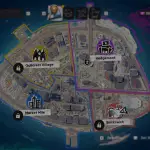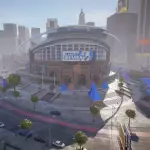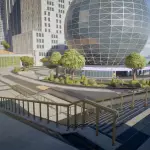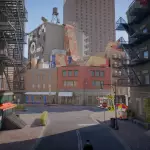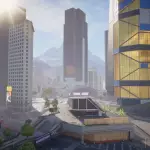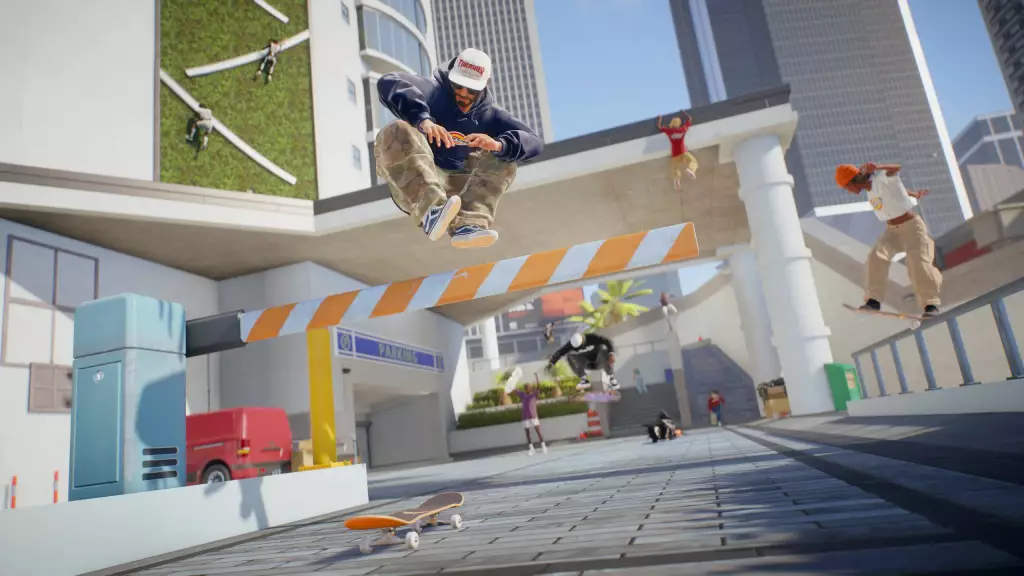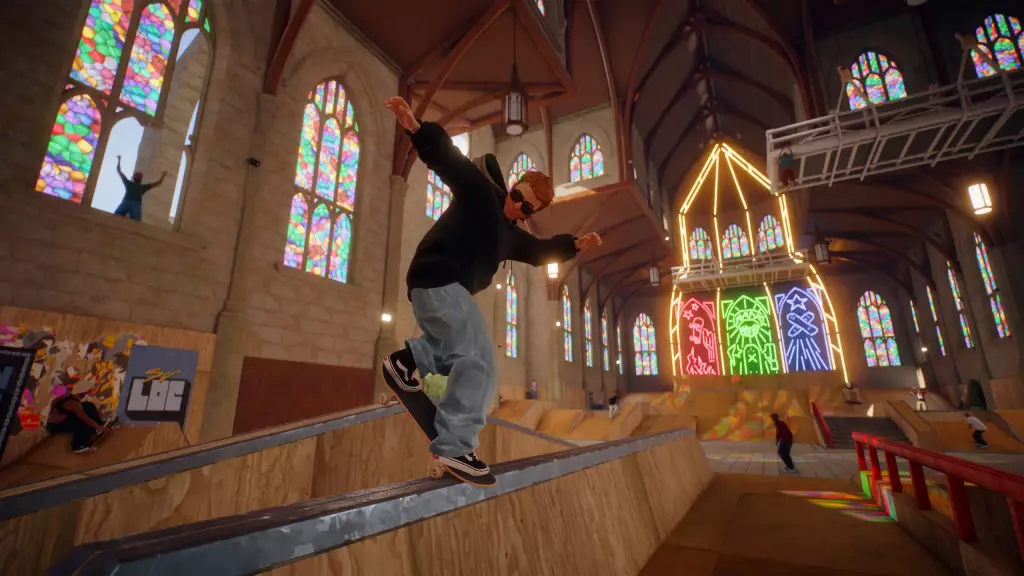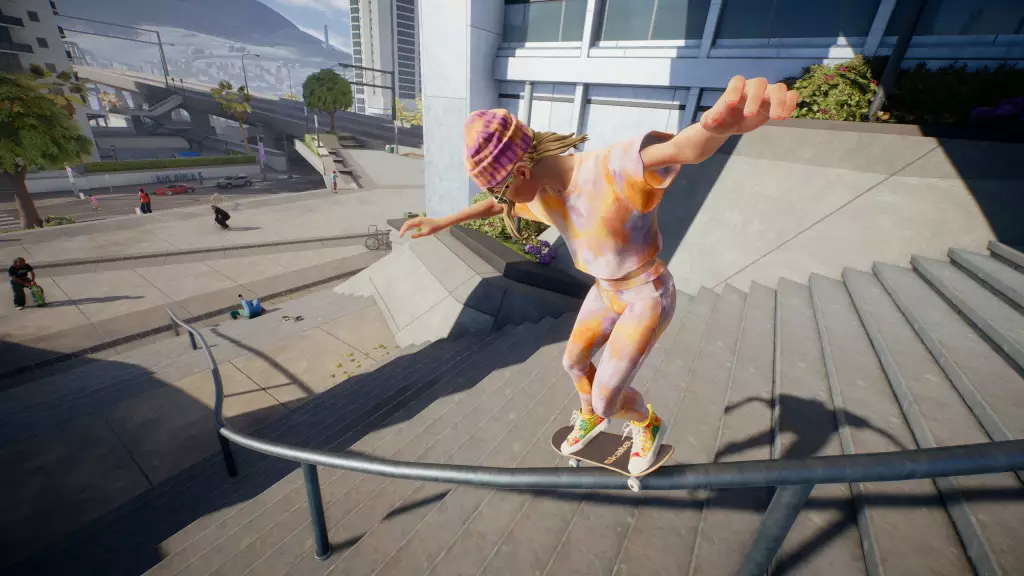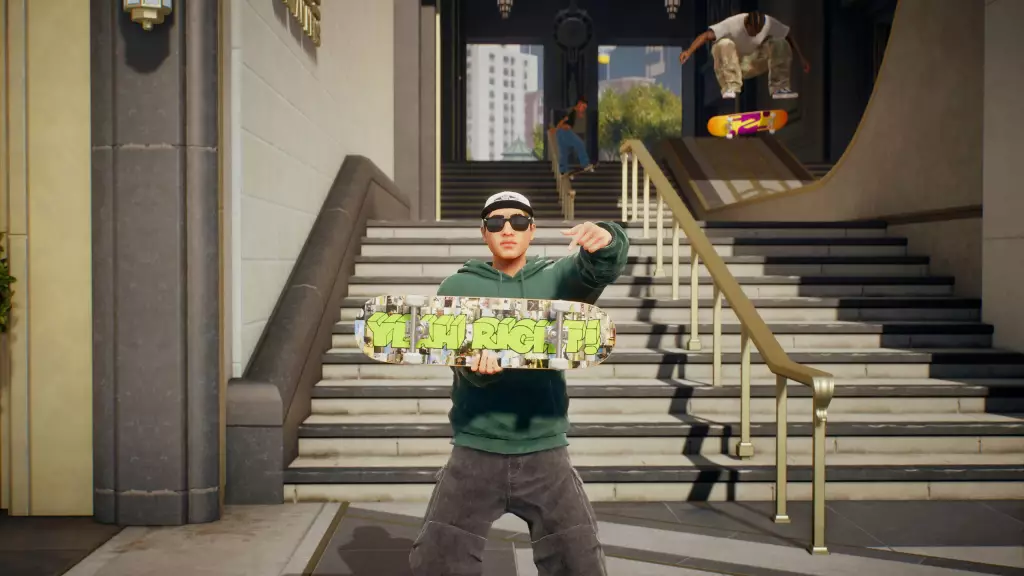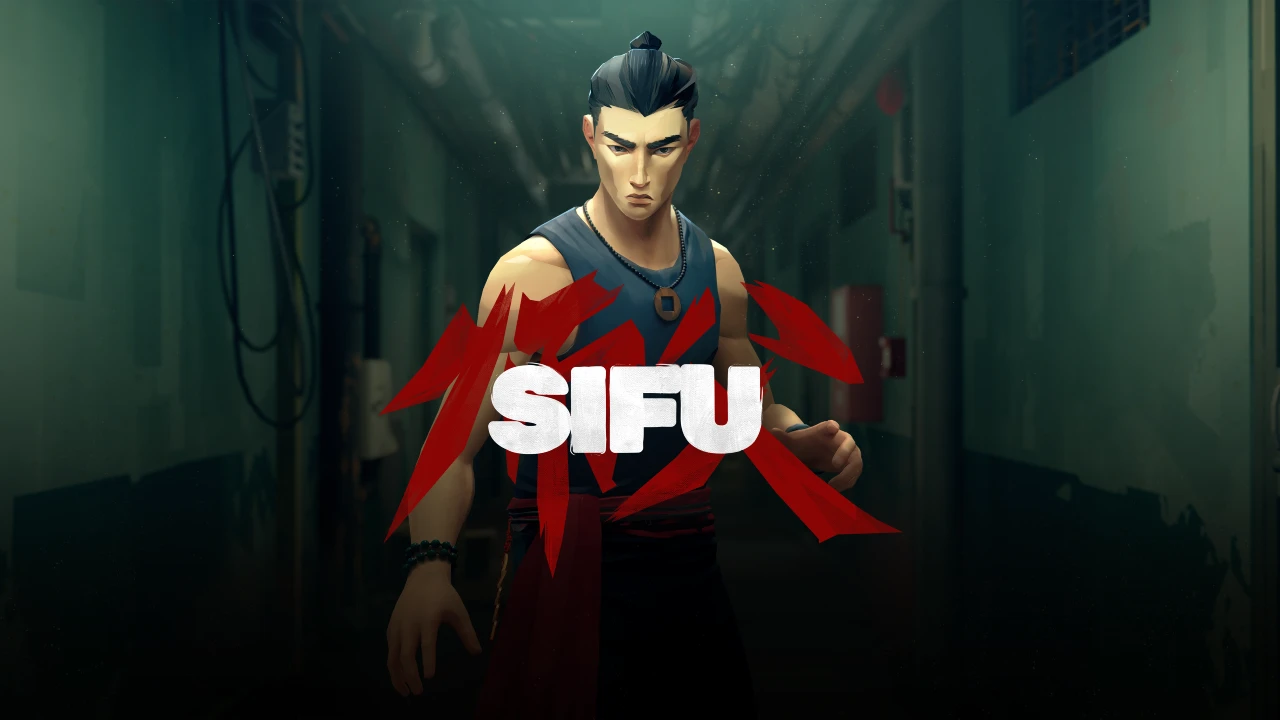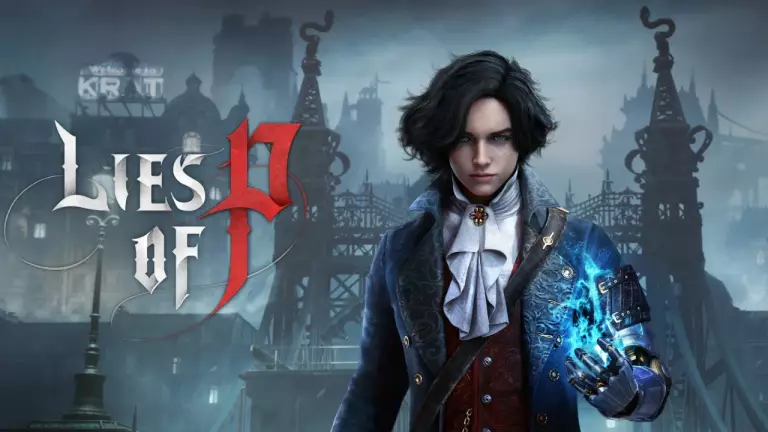Skate, one of my great passions, and although it’s been over a year since I last picked up a board, I still enjoy watching videos, competitions, skater fashion, etc.
Why am I telling you all this? It seemed like a good introduction to tell you that Skate., the new installment from EA, has been released, aiming to revive the magic of skateboarding as its previous installments did. Although, in the developers’ words, this is neither a sequel nor a remaster—it’s an independent product—we couldn’t help but think when it was announced that it was Skate 4. After a few years and countless videos of the pre-alpha (as they called it), the hype for a new skateboarding game was through the roof. Finally, on September 16 of this year, the new Skate was released (in early access) for various platforms. Some people liked it, some didn’t. What did I think? Let’s find out now.
Changes in this new installment
Let’s start with the basics and what sets this Skate apart from the previous installments. While the earlier games had a “story,” this Skate does not. Personally, I don’t mind, as the previous stories weren’t very compelling and weren’t what excited me most about the game. The next most notable difference is the price. While the previous installments cost money, this one is “free to play.” I must admit that when they announced it would be free to play, I was worried for obvious reasons (paywalls, microtransactions, etc.). Another difference is that this game is entirely online. This didn’t bother me at all because, like any normal human being in 2025, I have internet at home. I mention this because, of all the new “features” this installment brings, this has been by far the most hated. With the fundamental differences pointed out, let’s dive into the game.
As soon as you start, the game asks you two questions: if you like skateboarding culture and if you’ve played Skate 3. I answered yes to both. Then, you’re placed in the tutorial area, a sort of island where you’re taught how to ride, do tricks, and grind with the skateboard. After this tutorial, you’re transported to San Vansterdam, the new location in this installment. In Skate 1 and 2, the map was San Vanelona, a city inspired by Barcelona (a current paradise for skaters), and Skate 3 was set in Port Caverton, inspired by San Francisco, a pioneer city in skateboarding with some of the most iconic spots in history. San Vansterdam takes inspiration from both, as you can see spots very similar to those in the previous installments. For example, “2nd and Navy” (a clear reference to a real spot in San Francisco called “3rd and Army”) partially reappears here, just with a different name, and Hardcore Plaza resembles Matrix Plaza from Skate 2.
San Vansterdam is divided into four fully skateable sections from the start: Hedgemont, Gullcrest Village, Market Mile, and Brickswitch. These sections are fully connected on one map. For example, in Skate 3, you had three separate districts: the university, the hotel, and the industrial areas. To switch districts, you had to pause the game, go to the map, select the district, and choose where in the district you wanted to appear. In this new installment, that doesn’t happen because, as I mentioned earlier, the districts are connected.
Gameplay
Let’s get to the important part: the gameplay. From the very beginning, I told myself that if I didn’t like the gameplay, I wouldn’t play the game. To my surprise, the gameplay is exactly the same as in the previous games, which is greatly appreciated by a fan of this saga. The flick-it controls feel incredible. If there’s one thing this game has done perfectly, it’s the gameplay. Regarding tricks, I haven’t seen any new ones, but the developers have promised to bring us better handplants and impossibles—a trick never before seen in the previous installments.
Something truly new in this game is the two functions they’ve implemented: one being climbing and the other being the ability to ride the skateboard in freefall.
As for the climbing function, I think it’s a great addition. The developers have placed many spots on rooftops, and climbing is necessary to fully enjoy this map. Regarding the freefall feature, as a skater who likes to skate realistically, I haven’t used it much, although I must admit I’ve had some laughs throwing myself off a building and trying to land on my feet. I’ve encountered some bugs, but none that ruined the experience.
Now let’s talk about objectives. The way to progress in this game is by completing challenges presented in different locations. These challenges will ask you to perform a trick, a sequence of tricks, a specific score, etc. These challenges unlock as you progress through the map. For example, you start in Hedgemont with several challenges unlocked. Once you complete these challenges, the challenges in Gullcrest Village unlock. After completing those, the challenges in Market Mile unlock. The Brickswitch challenges cannot be unlocked yet because they haven’t been included.
These challenges are entertaining, and something I really appreciate is that many of them are quite realistic. In Skate 3, there were certain challenges that didn’t make sense, like jumping from a rooftop 6 meters high onto a ramp. Speaking of nonsensical objectives in Skate 3 brings me to the assists. In the previous games, there were three difficulty levels: easy, normal, and realistic. Each difficulty had different settings for minimum jump height, grind assistance, trick completion help, and so on.
In this installment, everything is different. There’s an assist menu where you can adjust settings with a percentage or disable them entirely. For example, if you disable grind assistance, you’ll have to align yourself better with the object you want to grind. I think this is a great addition because anyone can skate the way they want, with more assistance in one area and less in another. This makes the way you skate feel, in a way, unique.
As I mentioned earlier, this installment is entirely online. I haven’t had much interaction with other users, but it’s always nice to go to a spot and see what others are trying to do there.
Graphics
Now, moving away from gameplay and mechanics, let’s focus on the visual style, which has sparked much controversy. First, let’s talk about the map and then the characters. The first impression of the map is that it resembles Skate 3 due to the clean look of the world. If you were a big fan of the gritty and dark aesthetic of Skate 2, this might bother you, and it’s completely understandable. All fans agree that the atmosphere of Skate 2 was much better than that of the third installment.
Now let’s talk about the visual style of the characters. Some of you will understand me, and others will crucify me. The visual style is astonishingly similar to Fortnite. This hasn’t bothered me at all, but many people have called the studio traitors since, in the previous installments, the characters had a more realistic and less cartoonish look. This is entirely true, but personally, when I created a character in the previous games, they all looked like they had a dumb expression on their faces. Why hasn’t the visual style bothered me? Because you don’t really see the skater’s face much while playing.
Monetization and Microtransactions
What can I say? They didn’t seem necessary to me in the sense that I didn’t need to buy any. At the start of the game, like in many others, you’re given a bit of money to see what you can buy with it. I bought a board with a graphic I liked and some wheels. Since they announced there would be microtransactions, I was ready to spend real money to get a board I liked if I couldn’t get it by completing objectives. But beyond the one board I bought in the store, I haven’t needed to buy another. If I want to change, I have about five extra boards the game gave me for free by completing objectives.
The good thing about these microtransactions is that they’re purely cosmetic. They don’t give you anything beyond a new look in the game. This applies not only to boards but also to the skater. The free clothing they give you is pretty good. For example, my skater wears a Thrasher cap, a Vans t-shirt, regular chinos, and Vans Half-Cab shoes—all of which were free. And let’s be honest, it’s a free-to-play game—they have to make money somehow, right?
Aspects to Improve
As a final section, I’ll talk about two things that bothered me about this game. The objectives, as I mentioned, are quite realistic, but some have a high drop requirement. As I said earlier, I’m a skater who likes to play realistically, so I have the minimum drop height setting at 0%. Unfortunately, some objectives are impossible to complete with this setting. I think a warning from the game wouldn’t hurt—a message like, “You won’t be able to complete this objective with this setting. Change it and come back later,” or the game could automatically adjust the setting needed to complete it.
The second thing that bothered me is that in the specialist objectives, once completed, a target indicating where you’ll land (which is only active during those objectives) remains visible afterward, which is somewhat annoying when skating. Another thing that bothered me is the dialogue—it’s quite cringe-worthy, at least the lines from Vee, your virtual assistant/camera. The rest of the characters’ dialogue isn’t bad, especially Shingo and Slappy, two familiar characters from the previous installments. But thankfully, EA gives us the option to mute Vee so we can skate in peace. These dialogues aren’t very important, so it’s not a big deal to miss them.
Lastly, I wanted to mention the soundtrack. It’s pretty good. You have genre-based radio stations and can create your own playlists. The soundtrack will be updated monthly through community votes, so I guess that’s nice.
In Conclusion for an early access game, Skate is pretty good. It’s not perfect because it still has a long way to go, but I see a promising future for it. There’s still a lot that can be added and improved, which the developers will hopefully do.
With nothing more to add, I’ll say goodbye. I’m Lázaro, and I hope you enjoyed this review.
Version played for this review: PlayStation 4.



